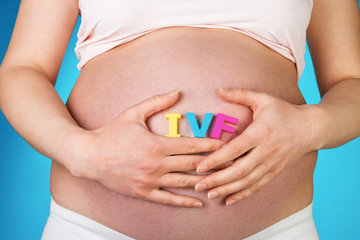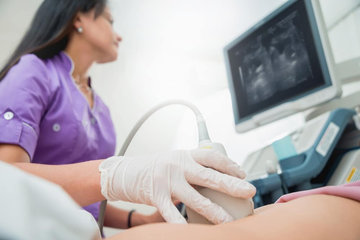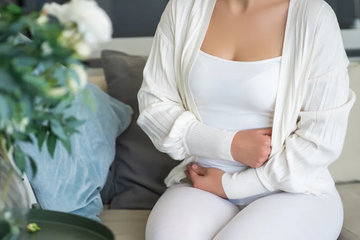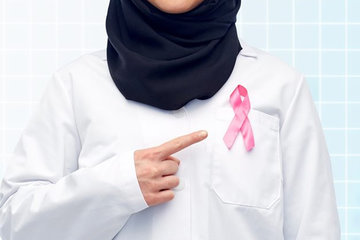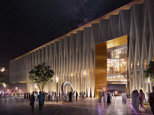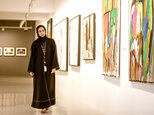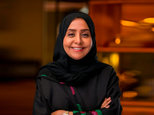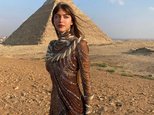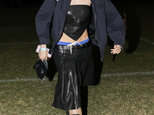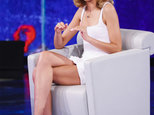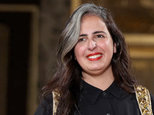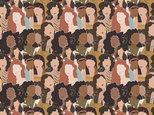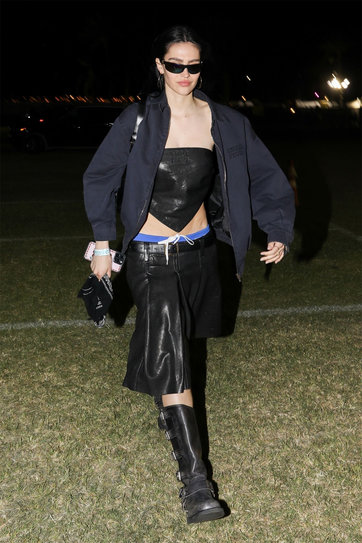
As technology develops rapidly and the way of doing things becomes easier, innovative approaches to health practices sometimes overshadow slower and simple approaches. Doctors and patients alike tend to forget the natural therapies of the past and shelve them away as ancient experiments without thinking about their benefits and place in modern medicine. However, the more mankind evolves and reflects on personal health and lifestyle choices, there are more choices for alternative, holistic solutions to treat ailments of the body and relieve daily stress.
Globally, the interest in and practice of traditional and complementary medicine is growing for a number of reasons. The World Health Organization (WHO) Traditional Medicine Strategy 2014-2023 sees that its affordability, accessibility and overall trust by communities give a stable platform for Traditional Chinese Medicine (TCM) to grow in countries where Western medicine is the norm. More so than ever before, consumers are more conscious about what they put in their bodies because of the accessibility to new health and food information and the growing attention put on traditional health practices that are natural such as Traditional Chinese Medicine, Indian Ayurveda and Quantum Therapy.
Traditional Chinese Medicine

Dating back at least 2,000 years ago, TCM is a natural medicine form that encompasses four techniques: acupuncture, herbal medicines, Qigong energy healing and Tui na massage. As the most widely practiced aspect within TCM, acupuncture involves inserting fine needles into the skin at certain points within the meridians that are connected to particular organs and muscles explains Dr Edmond Ibrahim, who is trained in Western and Chinese medicine and is the founder of the Chinese Medical Center in Lebanon.
Acupuncture can be used for both acute and chronic diseases. It treats everything from migraines, rheumatoid arthritis, skin irritations, and digestive problems to fertility issues. Ibrahim says the number of sessions needed varies from patient to patient and many patients have turned it into a lifestyle in which it becomes a weekly treatment. Out of the 129 countries reported by the WHO, 80 percent of them recognise the use of acupuncture.
Because TCM was new to Lebanon and the region, Ibrahim says there were many skeptics who hesitated at the thought of using herbal remedies and needles to treat some of the most common diseases and symptoms.
“I faced too many problems when I brought TCM here. I encouraged people to try acupuncture, even if it was is for free. There are some Lebanese and many Western expats who already used it as a form of therapy so I didn’t have a problem convincing them to try it,” Ibrahim says. “Now the number of patients is growing as well as TCM courses in Lebanese universities.”
Ayurveda: “Mother of all Healing”

Widely referred to as the oldest therapy in the world, Ayurveda derives from the teachings of Indian healing traditions of “life” (ayur) and “veda” (knowledge). Ayurveda takes a purely holistic approach to addressing and fixing diseases and the imbalances of the body. This system is contrary to today’s popular approach to health, seeking treatment for disease. Instead, Ayurveda’s approach is systematic and scientific. It focuses on the patients, habits, environments and illness.
“There are three doshas or biological energies that govern the body: Vata, Pitta and Kapha. They resemble areas in the body that guide all mental and physical processes,” Binu K.K., an Ayurvedic nurse, says. She comes directly from the Ayurveda capital of the world, Kerala, India. These three energies represent physical qualities within the body. Vata represents air and space. The main locations of Vata on the body are the colon, thighs, joints, nerve tissue and the brain. It is considered the “King of Doshas” because it governs the body’s movements. Anxiety and bodily disorders are common signs of Vata imbalance. On the other hand, a Pitta type derives from water and fire. Its energy focuses on digestion and metabolism of the body. The last energy, Kapha, represents Earth and Water which translates to “that which sticks” and provides the body with physical form and structure. Its primary location is the upper respiratory system.
Under the umbrella of Ayurveda medicine, are Ayurvedic massage and panchakarma therapy (five cleansing procedures) which are the most well-known treatments that use natural Ayurvedic oils. Both are effective in flushing out the toxins from the body and internal organs. Binu says Ayurveda transfers the energy from the practitioner to the patient.
“Ayurveda isn’t just a light massage. It is a therapy that targets the internal organs and a person’s body type. Through massage, herbal bath and other procedures, Ayurveda reactivates the immunity in the body and awakes the power to fight off diseases through the body’s natural cycle,” says Binu.
Quantum Touch Therapy

In Quantum Touch therapy, like all energy healing, it uses the body’s energy as the main tool and if used correctly, it can rebalance the body and allow it to heal on its own.
“We are lucky to live in a time when science proves that everything is made of energy. Our thoughts affect our energy and the power our mind has over our well-being,” Mona Rifai Khalaf says. Khalaf, an accredited Quantum touch instructor in Lebanon and founder of Harmony Center in Beirut.
Within Quantum Touch therapy, Khalaf says there are three components to performing the healing: energy levels, resonance and entrainment and body intelligence. Through breathing and other advanced techniques, the practitioner uses the energy to raise the energy levels of the patient. When two things such as energies are close together, they resonant with each other and provide an internal balance to the patient. Khalaf says by merging energies, it releases the blockages at certain points in the body. Lastly, once the energy vibrations are raised, the patient’s body intelligence takes over and begins to heal itself. Depending on the patient, one can experience detox side effects after a treatment.
“The body has intelligence to heal itself. Until now, they [scientists] haven’t discovered a medicine that is like the medicine the body gives to heal itself. There is nothing like it,” Khalaf says.
Quantum Touch works to treat a variety of diseases and aches such as arthritis, pain and tension in the muscles, sleep deprivation and broken bones. Khalaf says most of her patients come in for emotional issues that have begun to affect major organs and overall wellbeing.
“The body and mind isn’t separate like most people think. They are one together,” Khalaf says. “If you want a healthier body and life, you need to heal the mind first and then work on the rest.”
A Different Approach
Many countries have their own traditional and indigenous approach to health. As the world becomes more globalised and the sharing of ideas becomes easier, traditional and complementary medicine finds places in societies and health care systems around the world. While Western medicine became the norm in some parts of the world, some cultures continue to use natural ingredients without side effects and looked to heal the causes of an illness, just not a symptom in order to have a healthier, longer life.

